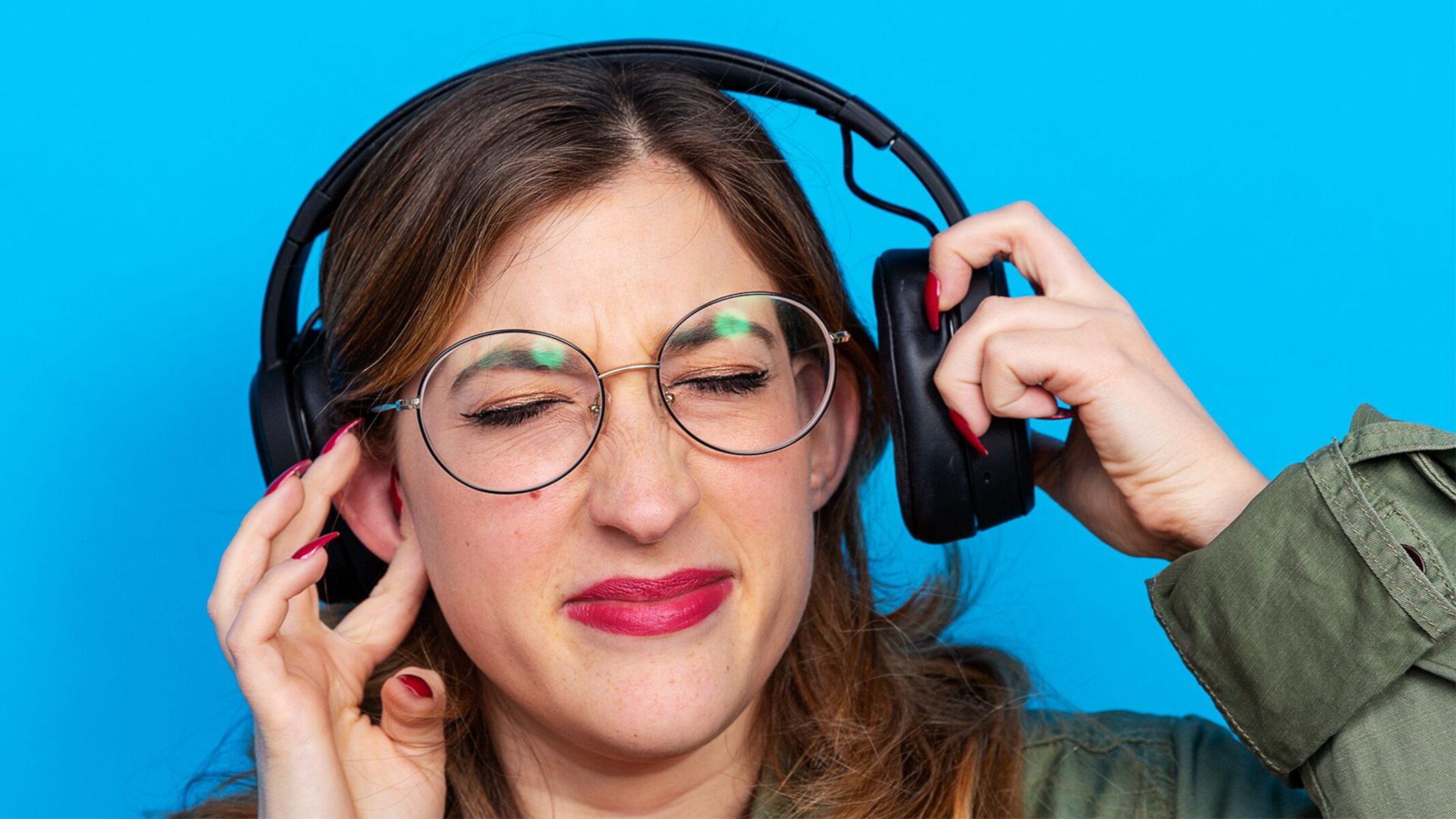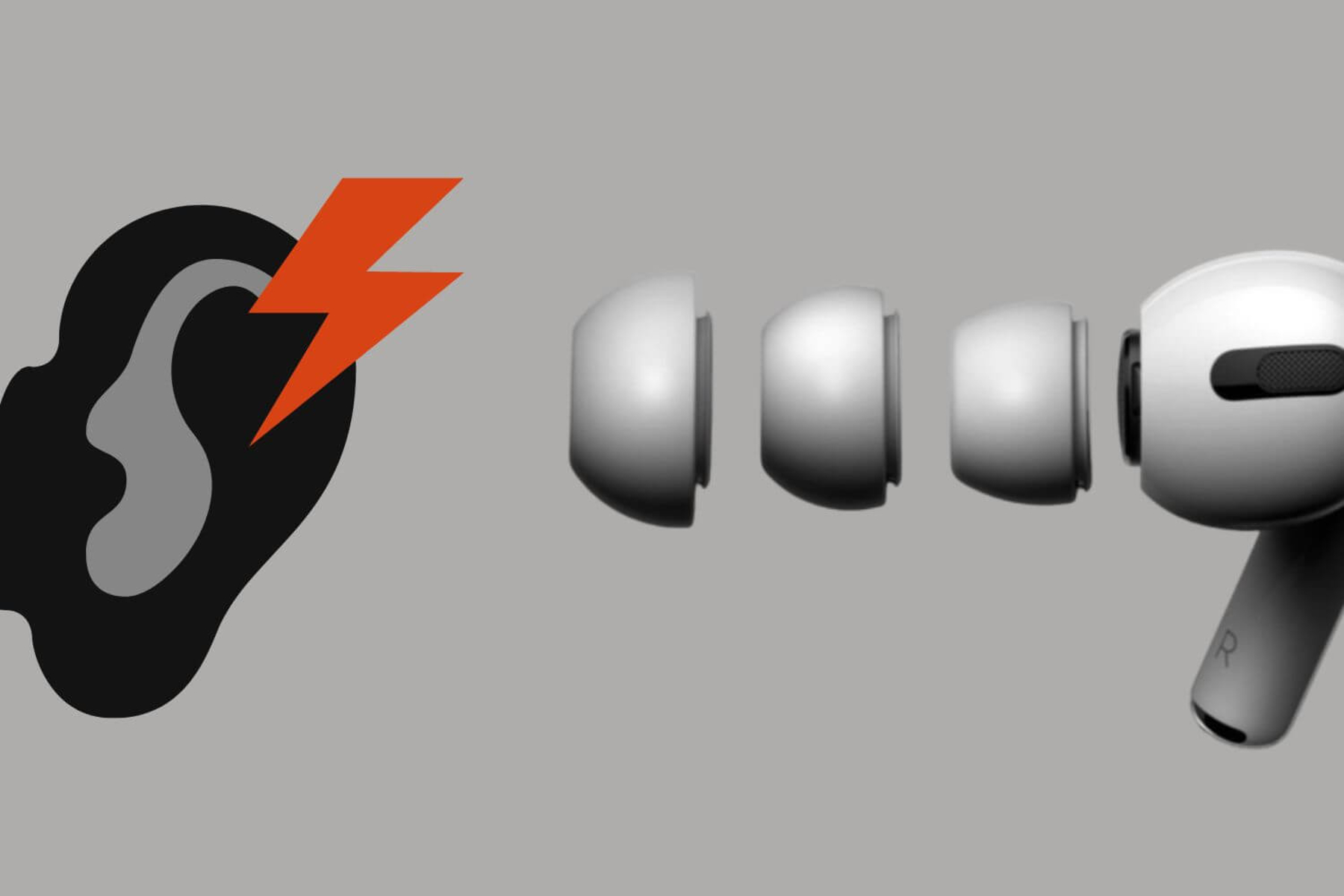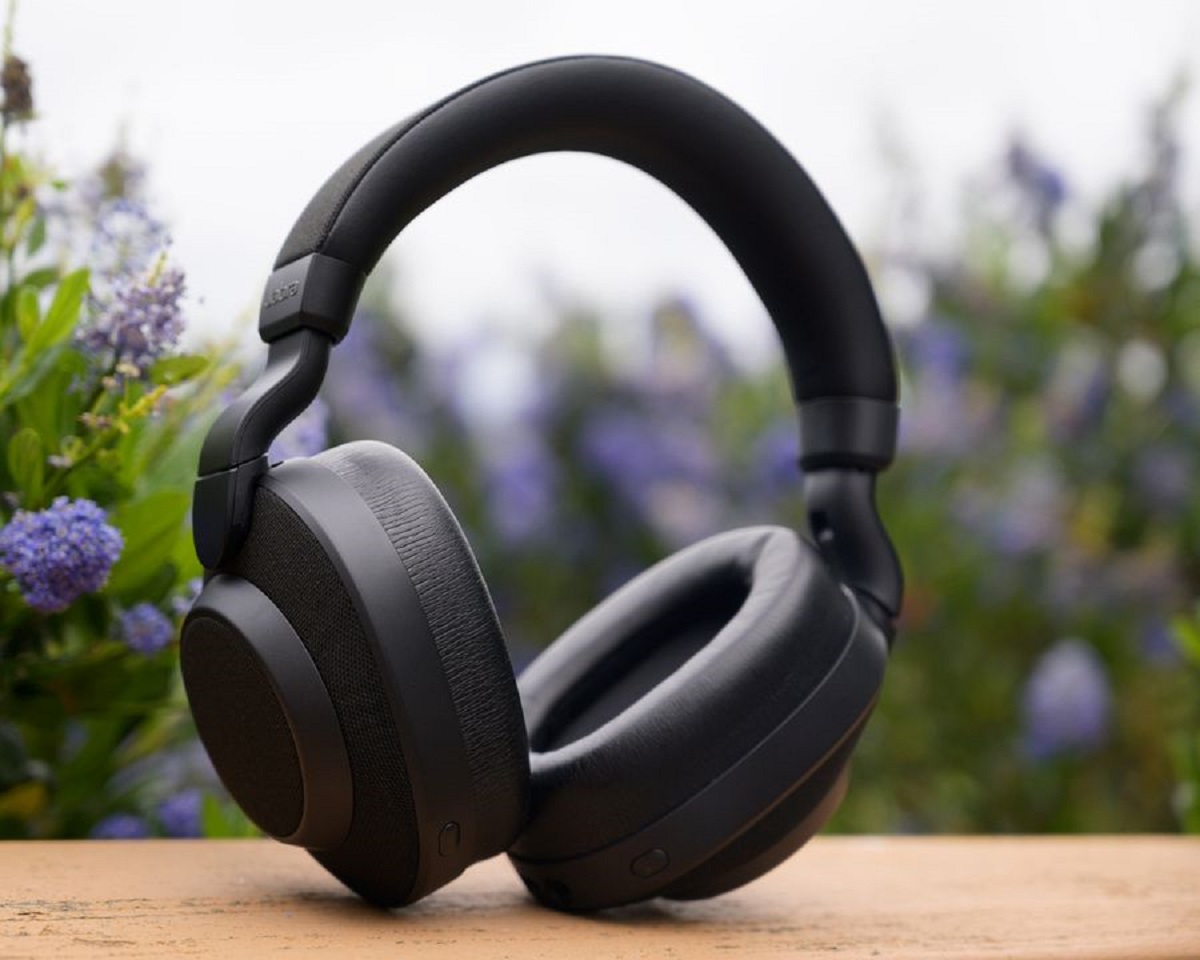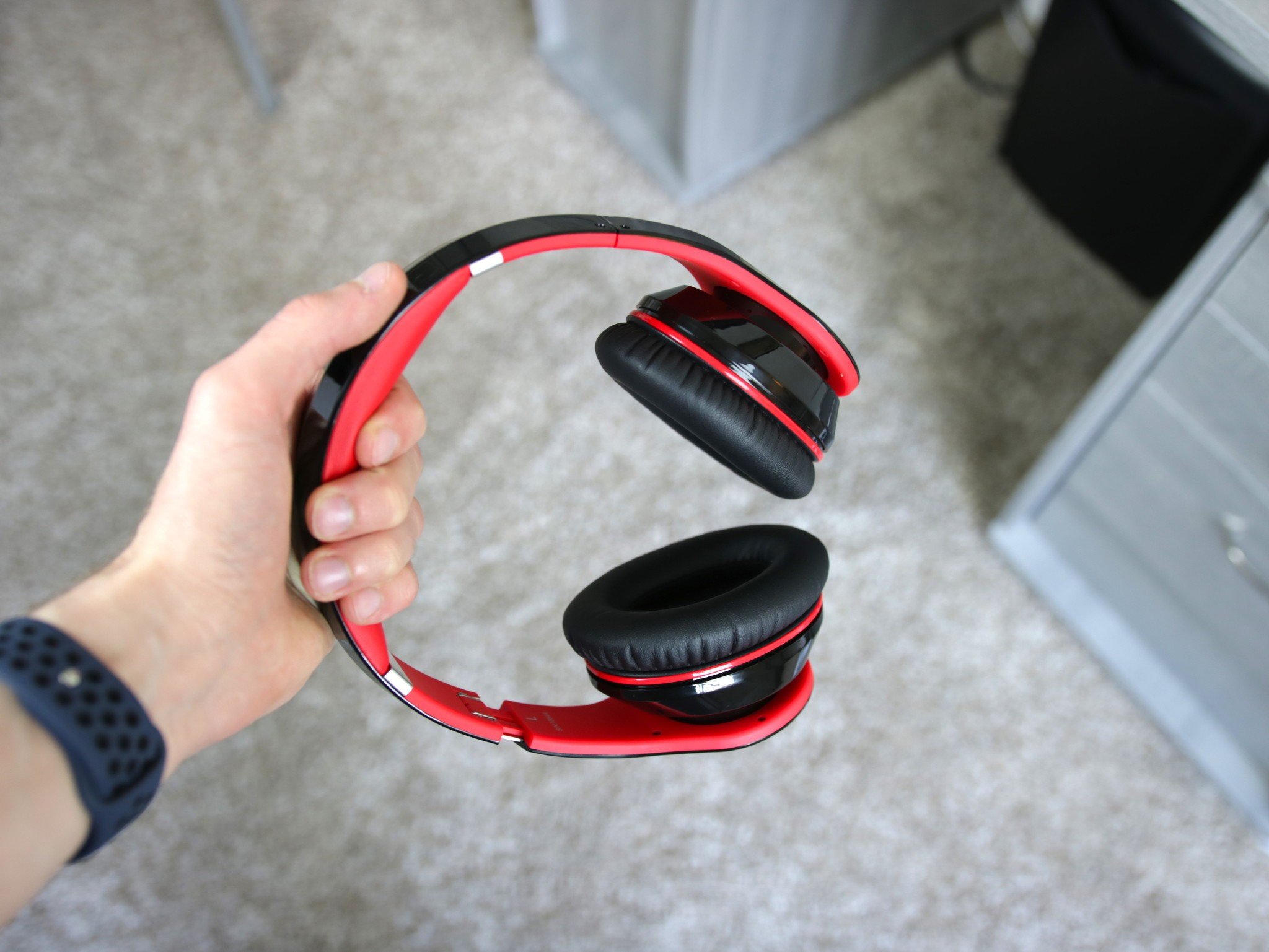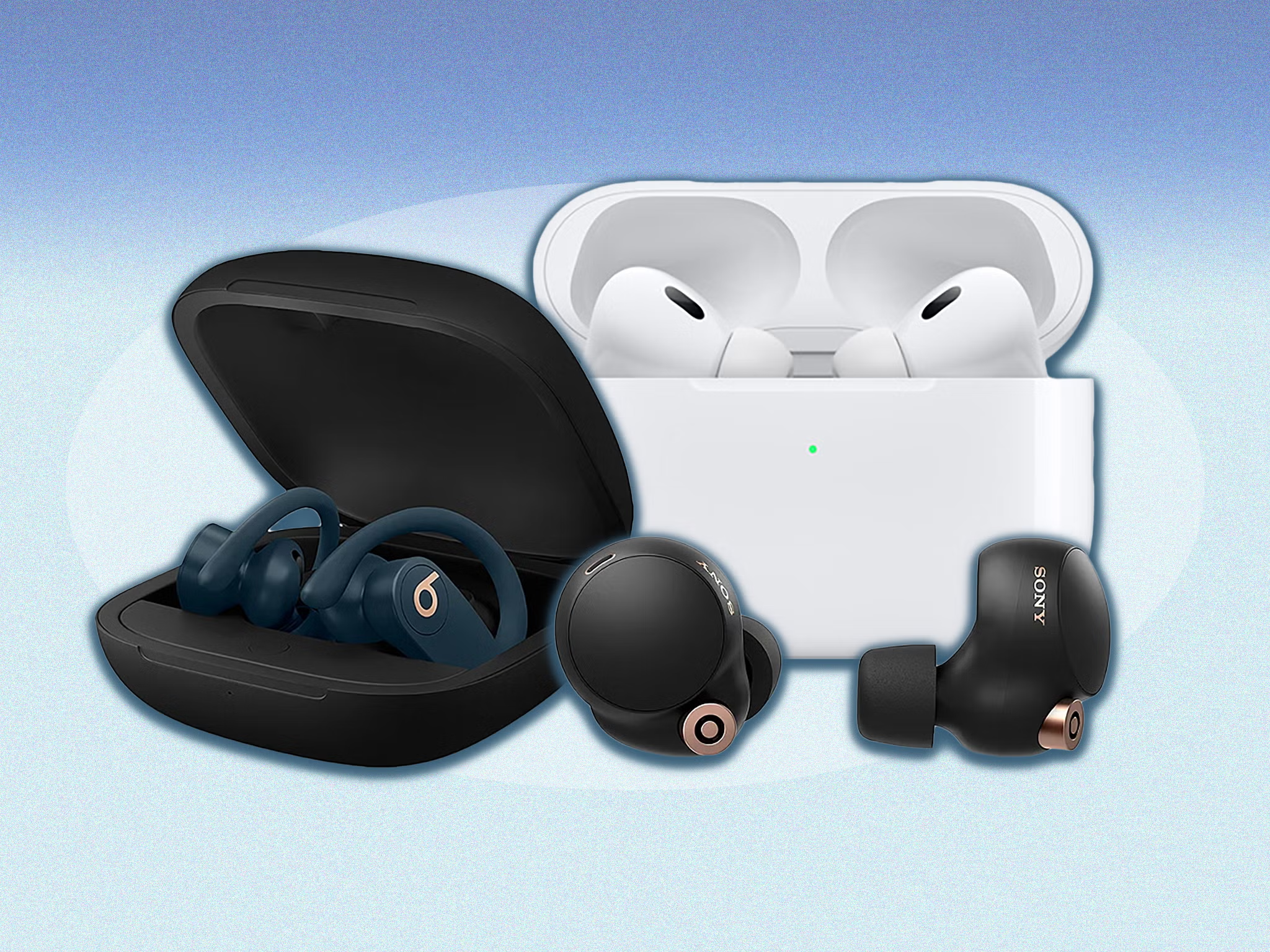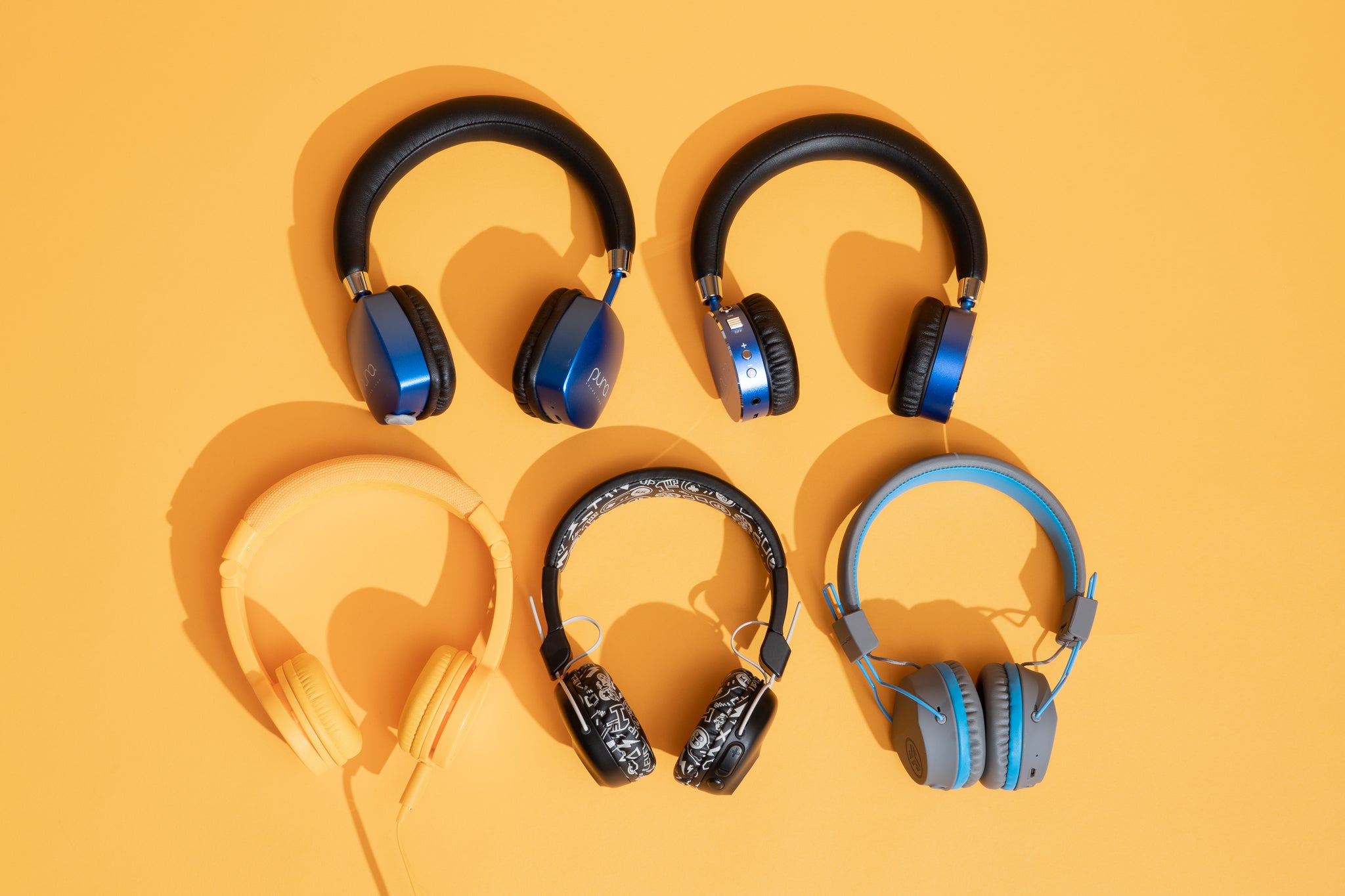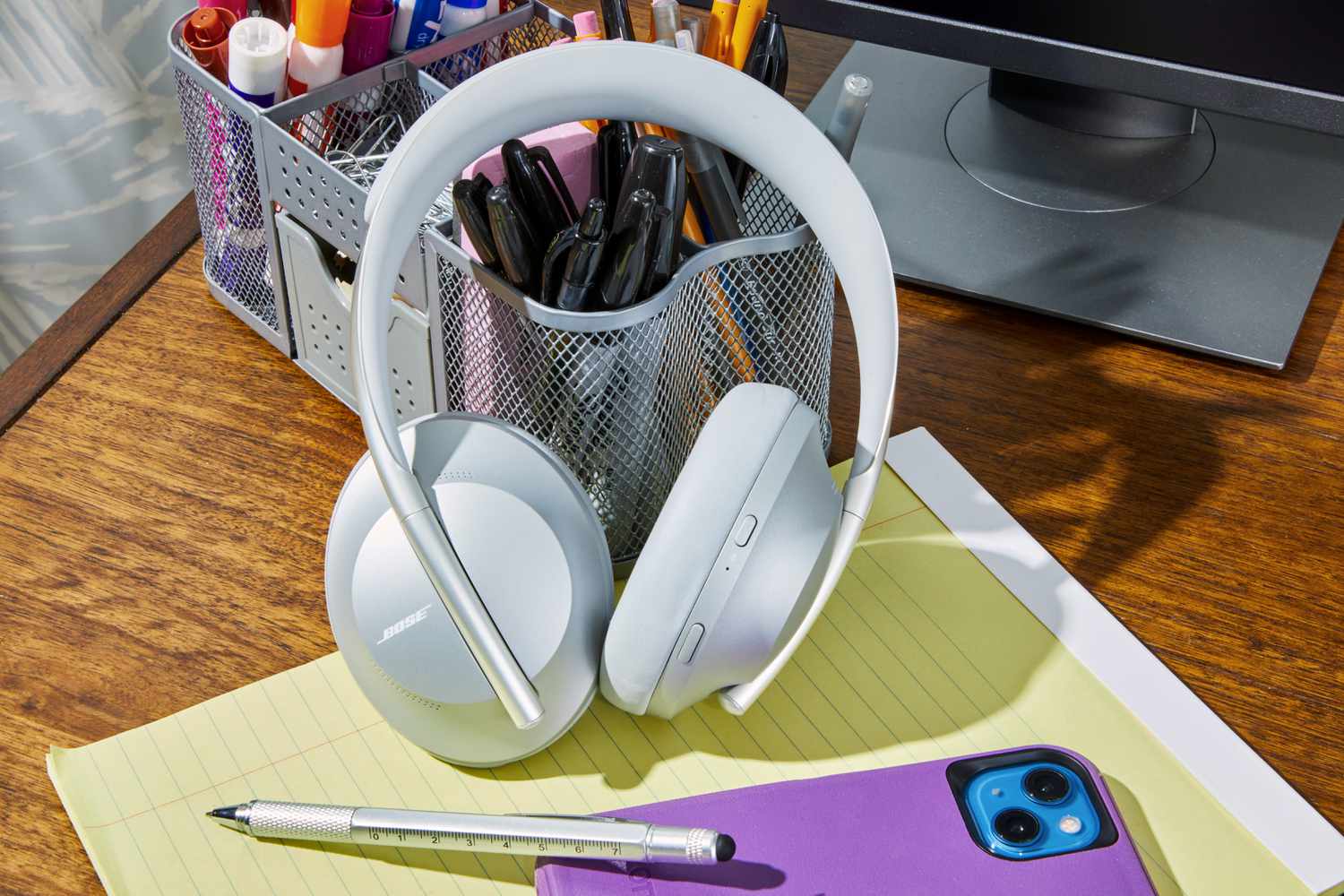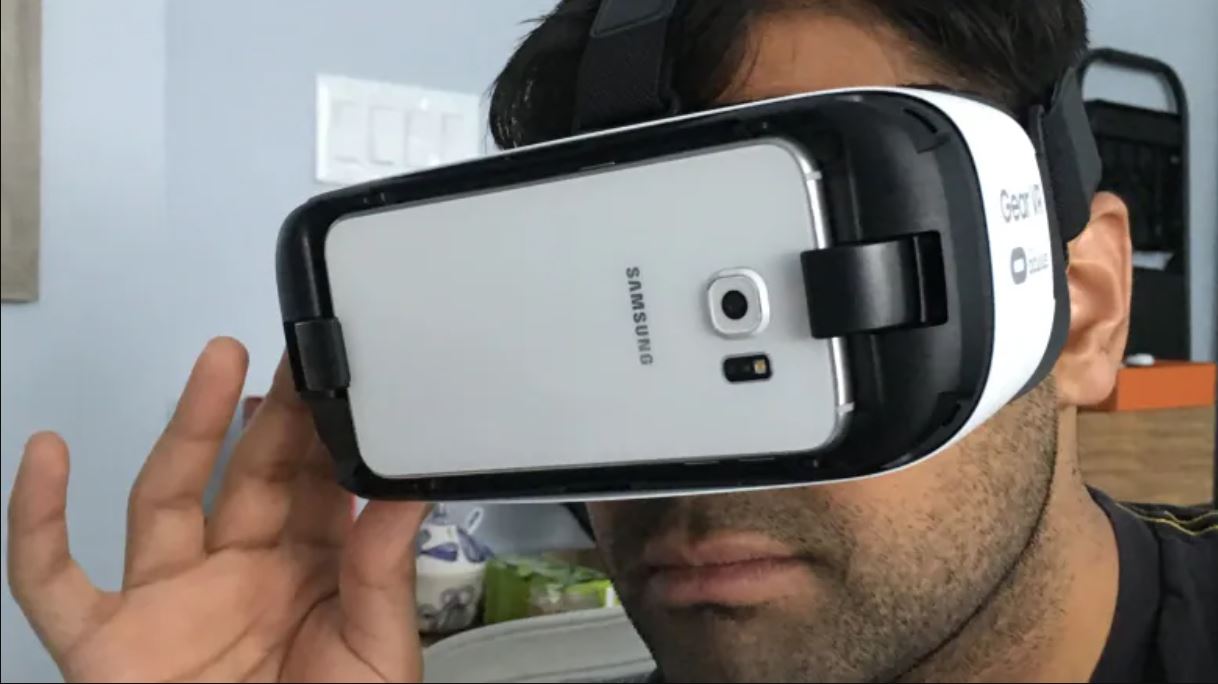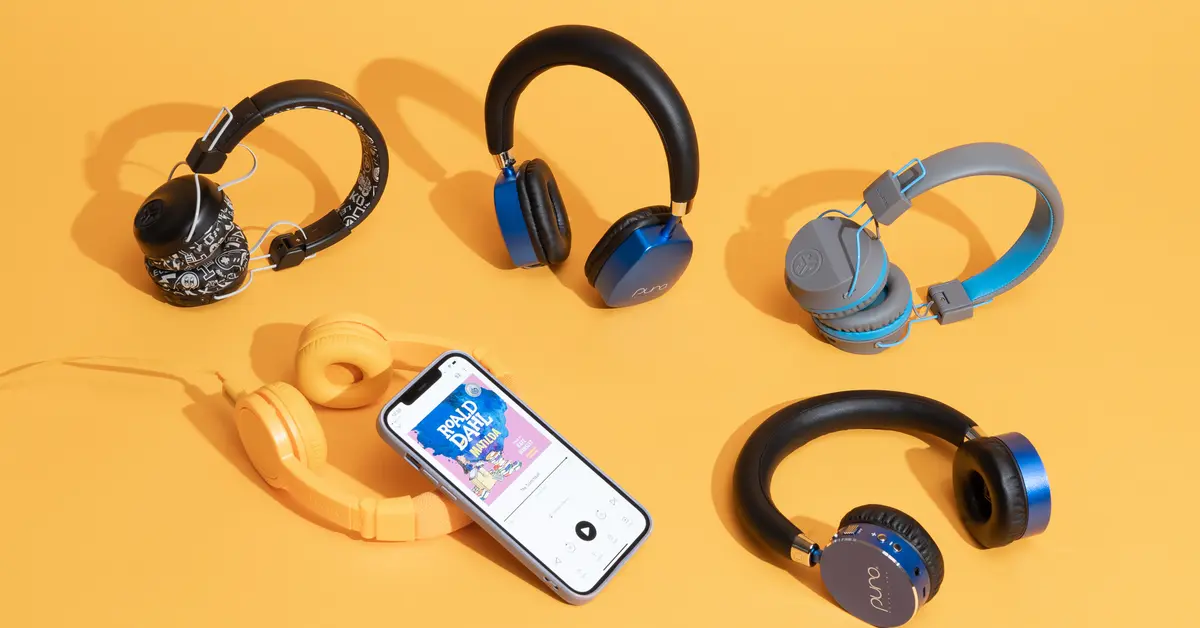Introduction
Noise cancelling headphones have become increasingly popular in recent years, offering users a way to block out unwanted background noise and immerse themselves in their audio experience. These headphones utilize advanced technology to eliminate external sounds and provide a quieter, more enjoyable listening environment. However, some users have reported experiencing discomfort or pain while using noise cancelling headphones.
In this article, we will explore the reasons why noise cancelling headphones can cause discomfort for some individuals. We will delve into the mechanics of noise cancelling technology, examine common complaints, and discuss the potential causes of discomfort. Additionally, we will provide tips on how to minimize any discomfort associated with these headphones.
It is important to note that while discomfort is a common issue reported by some users, not everyone experiences it. Individual comfort levels may vary, and personal preferences and fit play a significant role in determining the overall comfort of noise cancelling headphones.
Now, let’s delve into the world of noise cancelling headphones and investigate why they can sometimes cause discomfort or pain.
What are noise cancelling headphones?
Noise cancelling headphones are a type of audio accessory that are designed to reduce or eliminate unwanted external sound. They use advanced technology to analyze and react to ambient noises, producing an anti-noise signal that effectively cancels out the unwanted sound waves. This allows users to enjoy their audio content without the distraction of background noise.
There are two main types of noise cancelling headphones: passive and active. Passive noise cancelling headphones rely on physical materials, such as dense foam padding, to block out external sounds. These headphones create a physical barrier between the user’s ears and the surrounding noise, effectively reducing its impact.
In contrast, active noise cancelling headphones take noise reduction a step further by incorporating electronic components. These headphones feature built-in microphones that capture external sound waves. The headphones then generate an opposite sound wave, known as an anti-noise signal, to counteract the incoming noise. By combining the original sound wave with the anti-noise signal, the unwanted noise is effectively canceled out, resulting in a quieter listening experience.
Noise cancelling headphones are particularly popular among frequent travelers, commuters, and individuals who work in noisy environments. These headphones allow users to enjoy their music, podcasts, or audiobooks without having to raise the volume to drown out external noise. As a result, they can help protect the user’s hearing by reducing the need for high volume levels.
It is worth noting that noise cancelling technology is not capable of eliminating all types of sounds. While it is effective at reducing constant low-frequency noises, such as the hum of an airplane engine or the rumble of a train, it may have limitations when it comes to sudden loud noises or high-frequency sounds. However, for many users, the reduction in background noise provided by noise cancelling headphones is more than sufficient to enhance their listening experience.
Now that we have a basic understanding of what noise cancelling headphones are, let’s explore how exactly they work to cancel out unwanted noise.
How does noise cancelling technology work?
Noise cancelling headphones employ a fascinating technology to actively reduce or eliminate unwanted external sounds. This technology involves a combination of hardware and software components working in sync to create a more immersive and peaceful audio experience.
The key component in noise cancelling technology is the built-in microphone system. These microphones are strategically placed on the headphones to capture the external sound waves. The microphones pick up the ambient noise and send the signals to the headphone’s audio processor.
Once the audio processor receives the sound signals, it analyzes the frequency content and amplitude of the sound waves. It then generates an inverted or anti-noise signal that matches the unwanted external noise. This anti-noise signal is transmitted through the headphone’s speakers along with the original audio content, effectively canceling out the unwanted noise.
By combining the original audio with the anti-noise signal, the headphone wearer experiences a quieter listening environment as the external noise is significantly reduced. The cancellation effect is most prominent for constant low-frequency sounds, which are easier to predict and counteract. However, this technology can also help attenuate higher-frequency and intermittent sounds to a certain extent.
Active noise cancelling headphones use extremely fast processors to continuously analyze and adjust the anti-noise signal in real-time. This ensures that the cancellation effect remains effective even as the volume or frequency of the external noise changes. The technology strives to strike a balance between canceling out unwanted sounds and maintaining audio quality, so users can enjoy their content without compromise.
It is important to note that noise cancelling technology is not perfect and may have some limitations. Certain types of sounds that are very loud, sudden, or high-pitched may still be audible even with noise cancelling headphones. Additionally, the efficiency of noise cancellation can vary between different headphone models and brands.
Now that we have explored how noise cancelling technology works, let’s address some common complaints that users have about noise cancelling headphones.
Common complaints about noise cancelling headphones
While noise cancelling headphones offer many benefits, some users have reported experiencing certain issues or discomfort when using them. It’s important to address these common complaints to provide a comprehensive understanding of the potential downsides of noise cancelling headphones.
One common complaint is the feeling of pressure or sensation of “squeezing” on the ears or head. This pressure buildup is a result of the tight seal created by the headphone’s ear cups. While the seal is necessary for effective noise cancellation, it can lead to discomfort for some individuals, especially during long listening sessions.
Another complaint is the perception of inaccurate noise cancellation. Some users have reported that noise cancelling headphones do not completely eliminate external sounds, particularly higher-pitched or sudden noises. While noise cancelling technology is effective in reducing low-frequency constant noises, it may struggle to cancel out certain types of sounds or frequencies.
Ear fatigue is another issue that some users experience with noise cancelling headphones. Since these headphones create a sealed environment, they also restrict airflow around the ears. This can lead to a feeling of warmness or discomfort for some users, especially during extended periods of use.
Aside from physical discomfort, some users have also expressed concerns about the impact of noise cancelling headphones on audio quality. Due to the advanced technology required for noise cancellation, there is a possibility that the audio quality may be compromised. Users have reported a loss of clarity, reduced bass, or a slightly altered sound signature when using noise cancelling mode.
Lastly, there are also individuals who simply find the experience of wearing noise cancelling headphones unnatural or disorienting. The complete elimination of external sounds can create a strange sensation, making it difficult for some users to adjust to the artificial silence.
It is important to note that not all users experience these issues, and they may vary depending on the specific headphone model and individual preferences. Now, let’s delve into the potential reasons why noise cancelling headphones can cause discomfort or pain.
Why do noise cancelling headphones hurt?
Noise cancelling headphones are designed to enhance the listening experience, but some users may experience discomfort or pain while using them. There are several reasons why noise cancelling headphones can cause such discomfort:
1. Pressure buildup: Noise cancelling headphones create a tight seal around the ears to effectively block out external sounds. This can lead to a feeling of pressure or squeezing on the ears or head, especially for individuals with sensitive ears or those prone to headaches. The prolonged pressure can cause discomfort, especially during long listening sessions.
2. Inaccurate noise cancellation: While noise cancelling technology is effective at reducing constant low-frequency noises, it may struggle to cancel out certain types of sounds or frequencies. As a result, some external noises may still be audible, leading to a jarring and inconsistent listening experience. This inconsistency can cause discomfort or irritation for users.
3. Ear fatigue: Noise cancelling headphones create a sealed environment around the ears, which restricts airflow and ventilation. This can lead to a feeling of warmth, moisture buildup, or discomfort over time. Extended periods of wearing noise cancelling headphones can result in ear fatigue, similar to wearing earplugs for an extended duration.
4. Headband or ear cup pressure: The design and fit of noise cancelling headphones can vary between brands and models. Some users may find that the headband or ear cups exert too much pressure on specific areas of their head or ears. This increased pressure can cause discomfort or even pain over time, particularly when wearing the headphones for extended periods.
5. Personal sensitivity: Each individual has a different threshold for comfort and sensitivity. While some users may find noise cancelling headphones comfortable to wear for hours, others may experience discomfort or pain even after a short period. Personal anatomy, head shape, and ear shape can also contribute to the overall comfort level when wearing noise cancelling headphones.
It’s important to note that the level of discomfort or pain experienced with noise cancelling headphones can vary greatly between individuals. Some users may not experience any discomfort at all, while others may find them unbearable. It’s essential to find the right fit and adjust the settings according to personal comfort preferences.
In the next section, we will discuss the discomfort associated with noise cancelling headphones and how it compares to regular headphones.
Pressure buildup
One common complaint and source of discomfort when using noise cancelling headphones is the sensation of pressure buildup around the ears or head. This pressure can range from a mild tightness to a more pronounced squeezing sensation, depending on the fit and design of the headphones.
The pressure buildup is primarily due to the tight seal created by the ear cups of noise cancelling headphones. To effectively cancel out external noise, these headphones need to create a barrier between the ears and the surrounding environment. This tight seal ensures that the majority of ambient sounds are blocked, providing a quiet listening experience.
While the seal is necessary for optimal noise cancellation, it can cause discomfort for some individuals, especially during prolonged use. The pressure exerted by the headphone’s ear cups can lead to a sense of compression, causing discomfort or pain around the ears or head.
For users with sensitive ears or those prone to headaches, the pressure buildup can be particularly bothersome. It may exacerbate existing discomfort or even trigger headaches or migraines. In such cases, it is recommended to take regular breaks while using noise cancelling headphones to relieve the pressure and give the ears a chance to rest.
To minimize the pressure buildup, it is essential to find noise cancelling headphones that provide a comfortable fit. Adjustable headbands and ear cups that are cushioned with soft padding can help distribute the pressure more evenly and reduce discomfort. Experimenting with different headband adjustments and tilting the ear cups slightly may also alleviate some of the pressure.
It’s important to note that not all users experience significant pressure buildup with noise cancelling headphones. Some individuals may find the snug fit comforting, as it helps create a more immersive and focused listening environment. However, for those who do experience discomfort, it’s crucial to find a balance between noise cancellation effectiveness and personal comfort.
In the next section, we will explore another potential cause of discomfort with noise cancelling headphones – inaccurate noise cancellation.
Inaccurate noise cancellation
Another common complaint associated with noise cancelling headphones is the perception of inaccurate noise cancellation. While noise cancelling technology is effective at reducing constant low-frequency noises, it may struggle to cancel out certain types of sounds or frequencies effectively.
Noise cancelling headphones work by analyzing the ambient sound waves and creating an anti-noise signal to counteract them. This process is generally successful for consistent, low-frequency noises such as the hum of an airplane engine or the rumble of a train. However, sudden or high-pitched noises may not be fully eliminated by noise cancellation technology.
For example, sharp sounds like a car horn or a ringing phone may still be audible while wearing noise cancelling headphones. Similarly, noise cancellation may have limitations in dealing with high-frequency sounds such as the chirping of birds or the rustling of leaves.
The perception of inaccurate noise cancellation can be unsettling for users, as it disrupts the expected quiet and immersive audio experience. Users may find the intermittent intrusion of external noises to be jarring or distracting, causing discomfort or irritation.
It is important to note that the effectiveness of noise cancellation can vary between different headphone models and brands. Some noise cancelling headphones may have more advanced algorithms and microphones that perform better at canceling out a wider range of sounds.
Additionally, personal expectations can also play a role in the perceived accuracy of noise cancellation. Users who expect complete and absolute silence may find even small amounts of external noise to be frustrating. Managing expectations and understanding the limitations of noise cancelling technology can help reduce potential discomfort or dissatisfaction.
If inaccurate noise cancellation becomes a significant issue, it may be worth exploring alternative headphone options or considering a combination of noise cancellation and passive noise isolation. Some headphones offer a hybrid approach that combines noise cancelling technology with physical materials like foam padding to further block out external sounds.
In the next section, we will discuss another potential cause of discomfort with noise cancelling headphones – ear fatigue.
Ear fatigue
Ear fatigue is a common complaint among users of noise cancelling headphones. It refers to the discomfort or tiredness experienced in the ears after extended periods of wearing these headphones. While noise cancelling technology aims to provide a more enjoyable listening experience, it can contribute to ear fatigue due to the nature of their design.
Noise cancelling headphones create a sealed environment around the ears, effectively blocking out external sounds. This tight seal also restricts the airflow and ventilation around the ears. As a result, heat and moisture can accumulate, creating a sense of warmth or stuffiness. This lack of ventilation can cause discomfort over time and contribute to ear fatigue.
The extended use of noise cancelling headphones can also lead to a feeling of pressure or fullness in the ears. This sensation is similar to what some individuals experience when wearing earplugs for an extended duration. The continuous pressure on the ears can contribute to discomfort and fatigue.
Additionally, the pressure buildup in the ear cups can cause the ears to become sensitive or tender, leading to further discomfort. The ear cups may press against the cartilage of the ears, causing soreness or even pain after extended use.
To alleviate ear fatigue when using noise cancelling headphones, it is recommended to take regular breaks. Removing the headphones every hour or so allows the ears to rest and recover from the prolonged pressure and lack of ventilation. During these breaks, it can be helpful to gently massage the ears to improve blood circulation and relieve any pressure points.
It is also essential to choose noise cancelling headphones with a comfortable fit. Opting for headphones with adjustable headbands and ear cups cushioned with soft padding can help distribute the pressure more evenly and reduce the risk of ear fatigue.
Considering the material used for the ear cups is also important. Look for headphones with breathable and moisture-wicking materials that can help alleviate the warmth and discomfort associated with extended use.
Overall, managing the duration of use, taking regular breaks, and using noise cancelling headphones with a comfortable and breathable design can help minimize the risk of ear fatigue and discomfort.
In the next section, we will compare the discomfort associated with noise cancelling headphones to that of regular headphones.
Noise cancelling headphone discomfort versus regular headphone discomfort
When it comes to headphone discomfort, it is essential to understand that both noise cancelling headphones and regular headphones can potentially cause discomfort or fatigue, but in different ways.
Regular headphones, particularly over-ear and on-ear models, can cause discomfort due to factors such as clamping force, weight, and heat buildup. The pressure from the headband and ear cups can lead to soreness or pressure points on the ears or head. Additionally, extended use of regular headphones can result in a feeling of warmth or sweating around the ears. Some users may also experience ear fatigue from wearing headphones for an extended duration.
On the other hand, noise cancelling headphones have their own set of discomforts, including pressure buildup, inaccurate noise cancellation, and ear fatigue. The tight seal created by noise cancelling headphones to block out external noise can lead to a feeling of pressure or squeezing on the ears or head. The perception of inaccurate noise cancellation may cause discomfort if external sounds intermittently break through the cancellation effect. Ear fatigue can result from the restricted airflow and ventilation around the ears, leading to a sense of warmth, moisture buildup, or overall discomfort after prolonged use.
It’s important to note that discomfort levels can vary greatly between individuals and headphone models. Some users may find noise cancelling headphones more comfortable than regular headphones, while others may prefer the fit and feel of regular headphones. Personal preferences, head shape, ear shape, and sensitivity all play a role in determining the comfort level of headphones.
To find the most comfortable option for yourself, it’s recommended to try out different headphone models and designs. Pay attention to factors such as weight, headband padding, ear cup materials, and adjustability. Opting for headphones with a comfortable fit that offers a balance between noise cancellation and personal comfort preferences can help minimize discomfort.
Ultimately, both noise cancelling headphones and regular headphones have their own pros and cons, and it’s crucial to choose the option that aligns with your individual needs and preferences. Taking breaks, ensuring proper fit and adjustment, and being mindful of your comfort while using headphones are all steps you can take to minimize discomfort and enhance your overall listening experience.
Now that we have explored the various discomforts associated with noise cancelling headphones and regular headphones, let’s discuss some tips to minimize discomfort specifically when using noise cancelling headphones.
Tips to minimize discomfort with noise cancelling headphones
If you experience discomfort while using noise cancelling headphones, there are several tips and strategies you can try to alleviate or minimize any discomfort:
1. Choose the right fit: Look for noise cancelling headphones that offer adjustable headbands and ear cups. Ensuring a proper fit that is neither too tight nor too loose can significantly improve comfort. Experiment with different adjustments to find the most comfortable fit for your head and ears.
2. Opt for cushioned ear cups: Select noise cancelling headphones with soft and plush ear cups. Cushioning or padding around the ear cups can help distribute pressure more evenly and reduce the risk of discomfort or soreness on the ears or head.
3. Take regular breaks: Give your ears a break by taking intermittent breaks from wearing noise cancelling headphones, especially during long listening sessions. Removing the headphones for a few minutes allows your ears to rest and recover from any pressure buildup or lack of ventilation.
4. Adjust noise cancellation level: Many noise cancelling headphones give you the option to adjust the level of noise cancellation. Consider lowering the noise cancellation level if you find that it causes discomfort or unease. Finding the right balance between ambient noise reduction and personal comfort is crucial.
5. Keep the volume at a moderate level: Listening to audio at excessively high volumes for extended periods can contribute to discomfort or ear fatigue. Keep the volume at a reasonable level to reduce the strain on your ears and prevent potential discomfort.
6. Clean the ear cups: Regularly clean the ear cups of your noise cancelling headphones to prevent the buildup of dirt, sweat, or oils. A clean and well-maintained headphone surface can help enhance comfort and prevent potential irritations.
7. Use them in a comfortable environment: Create a comfortable listening environment by choosing a quiet and calm space to use your noise cancelling headphones. Minimizing external noise can reduce the need for high volume levels, contributing to a more comfortable listening experience.
8. Try alternatives: If you consistently experience discomfort with noise cancelling headphones, consider trying alternative headphone options. Some individuals may find that open-back headphones or headphones with passive noise isolation provide a more comfortable listening experience.
Remember, personal preferences and comfort levels may vary, so it’s important to find the strategies that work best for you. By following these tips, you can minimize any discomfort and enjoy a more pleasurable listening experience with your noise cancelling headphones.
Now that we have discussed various discomforts and strategies to minimize them, let’s wrap up our exploration of noise cancelling headphone discomfort.
Conclusion
Noise cancelling headphones provide a fantastic way to enjoy audio content without the distractions of external noise. However, it’s important to be aware of the potential discomforts they can cause for some users. The common complaints of pressure buildup, inaccurate noise cancellation, and ear fatigue can impact the overall comfort of using these headphones.
Pressure buildup occurs due to the tight seal created by noise cancelling headphones, which may cause a squeezing sensation on the ears or head. Inaccurate noise cancellation can lead to the perception of external sounds breaking through the cancellation effect, resulting in an inconsistent listening experience. Ear fatigue can arise due to the restricted airflow and ventilation around the ears, leading to discomfort over time.
While discomfort is a possibility, it is important to note that not all users experience these issues, and comfort levels can vary greatly between individuals. Taking regular breaks, choosing headphones with a comfortable fit, adjusting noise cancellation levels, and maintaining proper headphone hygiene are all recommended strategies to minimize discomfort.
When comparing noise cancelling headphones to regular headphones, it becomes clear that different types of discomfort may arise. Regular headphones can cause discomfort due to factors like clamping force, weight, and heat buildup, while noise cancelling headphones introduce their own potential discomforts related to pressure buildup, inaccurate noise cancellation, and ear fatigue.
Ultimately, finding the right balance between noise cancellation effectiveness and personal comfort is essential. By considering personal preferences, trying different headphone models, and implementing the tips mentioned, users can enhance their listening experience and minimize any discomfort associated with noise cancelling headphones.
Remember that individual comfort levels and experiences may vary, so it’s important to listen to your body and adjust accordingly. Whether you prefer noise cancelling headphones or regular headphones, prioritize your comfort and enjoyment of the audio content you love.







